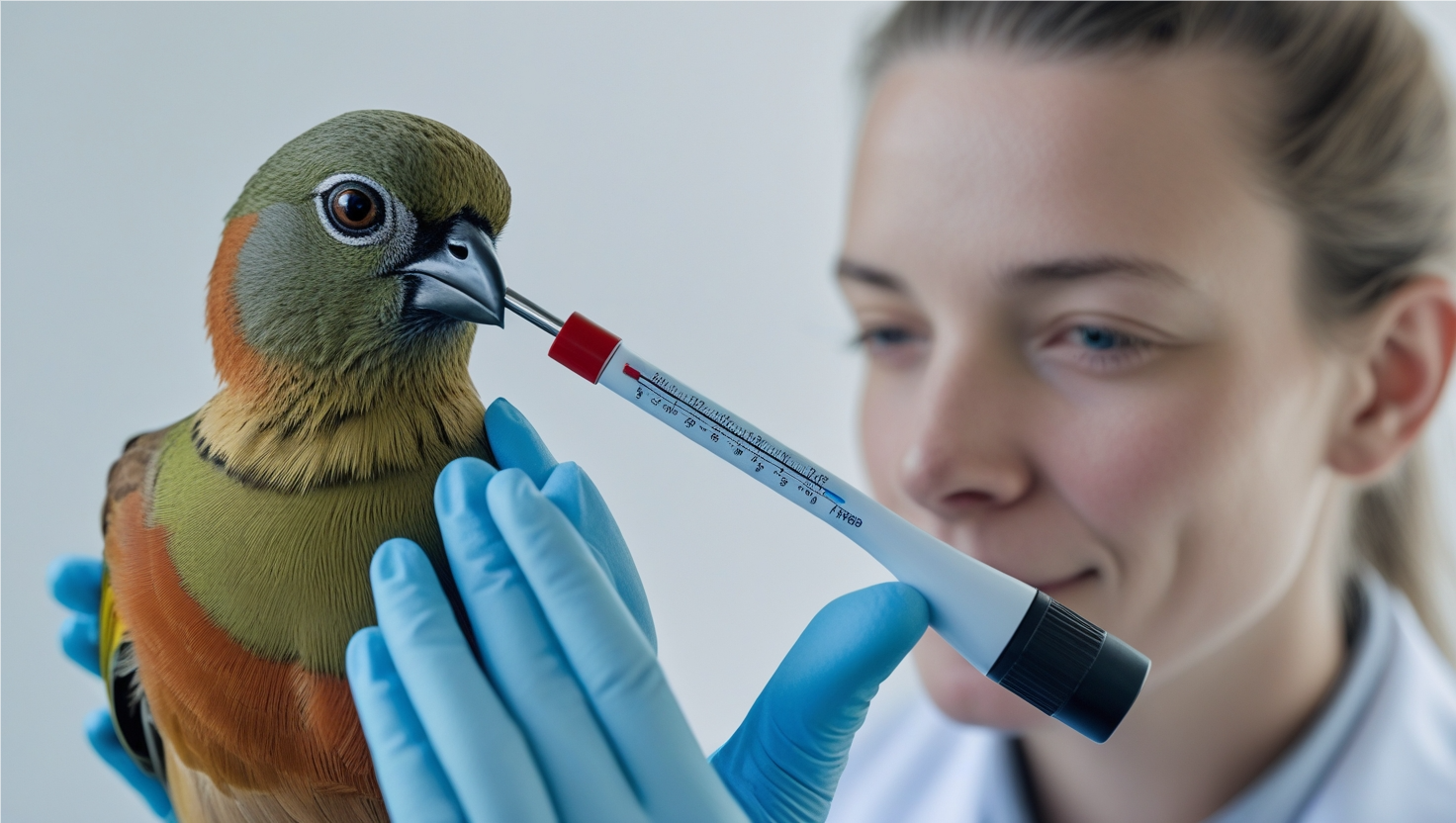The Impact of Bird Flu on Poultry Farmers and the Economy
Egg prices have surged to over $8 per dozen in some places, largely due to the ongoing bird flu crisis. In January alone, the U.S. Department of Agriculture reported that around 23 million birds were culled as part of efforts to control the spread of the virus. This significant loss is causing a ripple effect across the poultry industry, making the need for faster detection more critical than ever.
Faster Detection, Faster Response
Raj Chakrabarty, a professor at Washington University's McKelvey School of Engineering, leads the lab that is developing this innovative biosensor. According to Chakrabarty, viruses spread rapidly, so early detection is essential in minimizing damage. "Viruses, they spread like wildfire," he said. The biosensor being developed by his team is designed to detect bird flu in its early stages, enabling faster responses to outbreaks before they can spread too far.
How the New Biosensor Works
The biosensor technology being developed in the lab uses a process similar to what was employed for COVID-19 detection, but with even greater efficiency and impact. The new device, known as the Pathogen Air Quality (PAQ) monitor, is capable of identifying bird flu in just under five minutes. This is a huge leap from current methods, which rely on PCR (Polymerase Chain Reaction) testing, a process that can take up to 10 hours for results.
Yuezhi "August" Li, one of the lead researchers, explained that the PAQ monitor uses a "wet cyclone" glass piece to capture pathogens from the air. This allows the monitor to detect the virus in even trace amounts, as little as one infected particle in a billion. With such sensitivity, the biosensor has the potential to dramatically improve how quickly outbreaks are detected, enabling a faster response.






